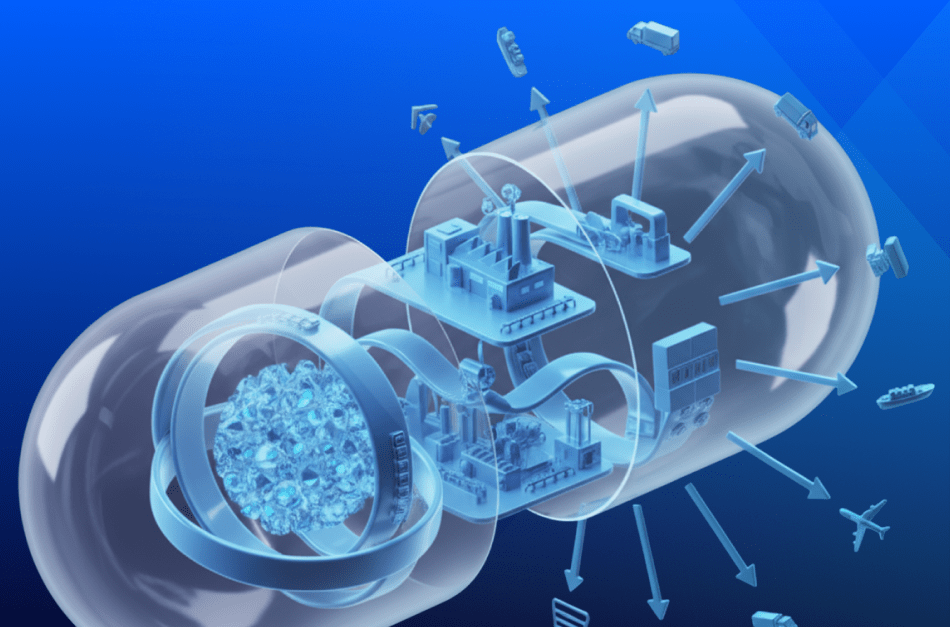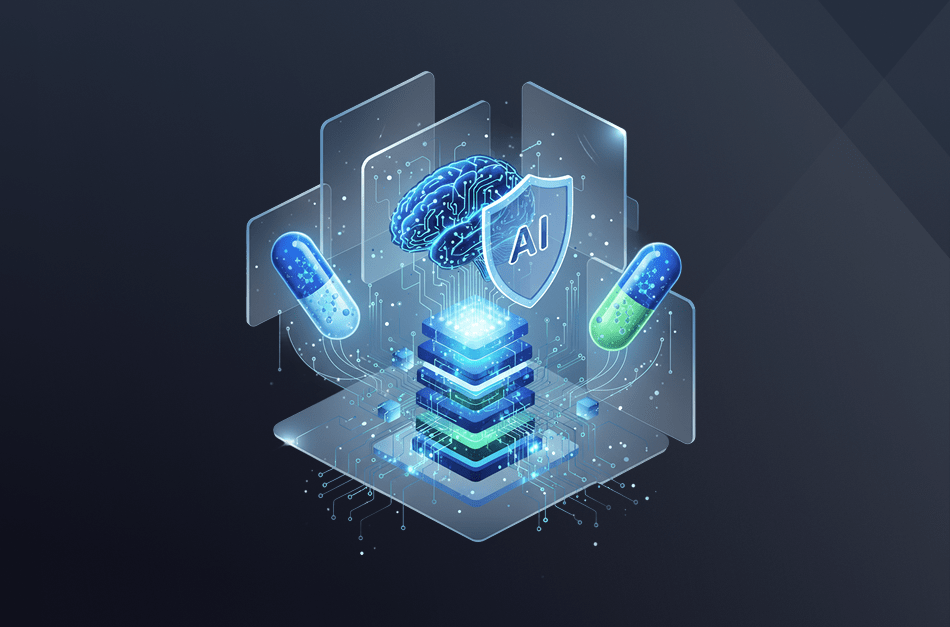At a Glance
- Smart factories can use technology to boost productivity and increase quality. Merging data and insights from the shop floor with the supply chain and the entire organization can uncover ways to improve operational efficiency and boost business relationships.
- By connecting devices and sharing information, smart connected factories permit automatic optimization. The machines can adapt to changing conditions in real-time and run the entire production process without human intervention, a white paper from Deloitte states.
- A smart factory is one where information is continuously shared between devices and resources. Sharing this information reduces waste, thereby increasing efficiency and productivity.
- It impacts the supply chain by anticipating needs and automatically ordering materials. That in turn keeps the factory running at maximum efficiency.
The smart factory represents a leap forward from more traditional automation to a fully connected and flexible system.
Traditional factories tend to have discrete machines and production lines. Information gathered from one device stays with that device until manually uploaded into a computer network.
Smart factories eliminate the barriers between machines, using computer sensors to monitor every stage and every process, producing huge volumes of data. The information is shared vertically on the factory floor and horizontally with other departments. This method lets the company rapidly adapt to marketplace changes, expanding its offerings and encouraging innovation based on customer needs. Smart connected factories are much more than just machines knowing when to open and close valves. They integrate the entire operation—including supply chain, manufacturing, information technology (IT) and operations technology (OT)—into one unified, agile organization.
Characteristics of a smart factory
Smart factories share five characteristics. They are:
- Connected across machines and departments
- Optimized for reliability and predictability
- Transparent for quick decision making and order tracking
- Proactive for identifying potential problems before they occur and restocking materials before running out
- Agile for quick changeovers and product modifications
Benefits of a smart factory
Important benefits of a smart factory include:
- Using data to create pattern identification and mapping the production process. This method gains production insights and allocates resources more efficiently.
- Identifying and logging all process problems from machine and worker input.
- Identifying waste creation points and processes.
- Sharing data not only with the factory floor but with sales, marketing, finance and other departments to improve overall results.
- Mastering the smart supply chain, permitting advance ordering of critical components before running out of them and delaying production.
- Customizing small orders, permitting small batch creation when machines are not in use on large projects.
- Diagram an ideal state.
- Develop a plan to make the ideal state a reality.
- Monitor and continually adjust new processes—including educating and training employees—ensuring maximum efficiency.
How it Works
The information process begins by using machine sensors and operators to capture data points during the 7 Flows starting with the supply chain in the form of raw materials. Each of these flows is part of the Lean Manufacturing Process.
Seven Flows
The seven flows involve:
- 1.Raw materials
- 2.Work in progress
- 3.Finished goods
- 4.Operators
- 5.Machines
- 6.Information
- 7.Engineering
All of the flows working together tend to efficiently produce products with few defects, Kettering’s article states.
Software such as Microsoft Dynamics 365 Supply Chain Management is designed with these concepts in mind.
For example, Microsoft Dynamics 365 Supply Chain Management allows factories to integrate industrial internet of things (IIoT) and artificial intelligence in the process flows.
Technical Advances Enabling Smart Connected Factories
Recent technical advances permitting the creation of smart factories include the development of:
- Sensors collecting information, providing access to various activities and processes.
- Using connected IIoT (Industrial Internet of Things) devices transmitting the sensor data to a database that in turn, massages the data to identify and correct inefficiencies.
- Analyzing data as it is being collected. This permits rapid responses to changing situations, such as correcting a manufacturing defect as it occurs.
- Employing AI (artificial intelligence) coupled with machine learning permits self-correcting when detecting errors such as closing an open door that might affect a temperature-sensitive section.
- Relocating some IT resources to “the cloud.” Cloud Computing reduces data costs by transmitting it to a remote location where an interconnected network of computer servers processes, shares and stores data in a secure location away from the factory.
- Running a digital version of a process in advance. By identifying and correcting potential errors and sticking points in advance, actual production is not affected.
- Keeping data secure from outside cyber threats and attacks such as ransomware or hacks that steal data or damage or destroy critical components.
When many people think of the Internet of Things (IoT), they visualize home products such as lights that turn on and off when people enter rooms, saving electricity. Maybe they consider newer smart refrigerators that let homeowners use an app on the attached touchscreen monitor to order food items when they are running low.
The IIoT expands this connectivity from computers and the home to computers and industrial machinery. For example, it allows remote workers to monitor temperatures and automated chemical blending, ensuring the correct mixtures.
Figure: 1Functions coming together within smart factory
Why Update Now to a Smart Factory Solution?
The rapid pace of technological innovations means that the cost of making some of these updates—computing speeds and data storage, for example—has dropped. Technology is more sophisticated allowing systems not only to gather information but interpret it and automatically make adjustments.
A more complex supply chain means manufacturers must be more nimble than ever before while also adapting to constantly shifting priorities.
Merging parts of IT with parts of OT, in combination with device hardware and software such as Microsoft Dynamics 365 Supply Chain Management lets factories analyze their data now in real time for smart supply chain management.
Smart Factory Categories
Smart factories come in four categories, all based on data.
- 1.Available—but not accessible—data that must be organized before being transmitted.
- 2.Accessible data, which is organized and stored in ways that permit analysis.
- 3.Active data, which can be analyzed by computer software such as Microsoft Supply Chain Dynamics 365.
- 4.Machine-controlled modifications using solutions identified earlier, all with limited human input.
Making Factories Smart
Owners and managers may want to start with a single device, get it working the way they wish and then gradually expanding to a full production line. Companies considering updating an existing factory will need to have methods of obtaining data from the factory floor, which might require updating or replacing some machines. The cloud can help with processing and storing the information but data collection takes place locally.
Investments in other technologies—including AI, augmented reality and optical sensors—may be required to understand the data and digitize the production process.
Another important change is staffing. Even though much of the work will be automated, skilled workers are still required. This could involve realigning departments and eliminating or drastically changing individual roles.
Key Takeaways
- Technological changes are turning the dream of smart factories into reality.
- Smart Factories have the ability to highly automate many repetitive steps using a combination of device sensors and computer software.
- Factory data can be used to create artificial production lines. Running them virtually lets managers spot potential problems before affecting actual production.
Get a consultation on transforming into a smart factory.
REFERENCES:








